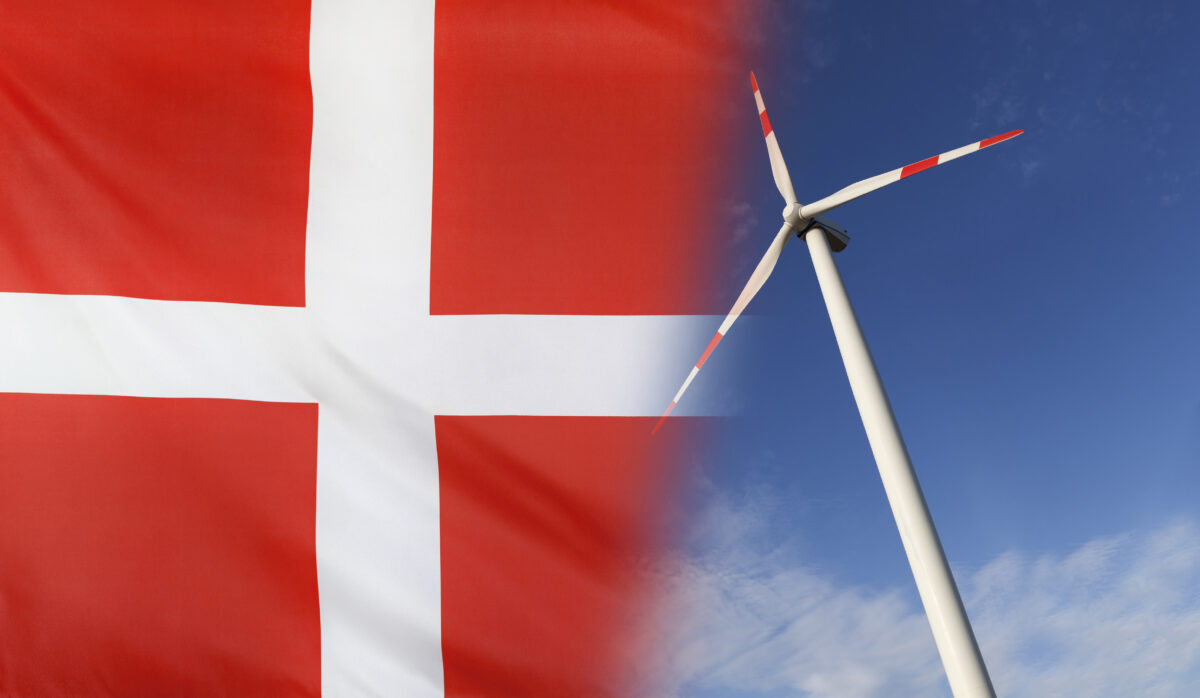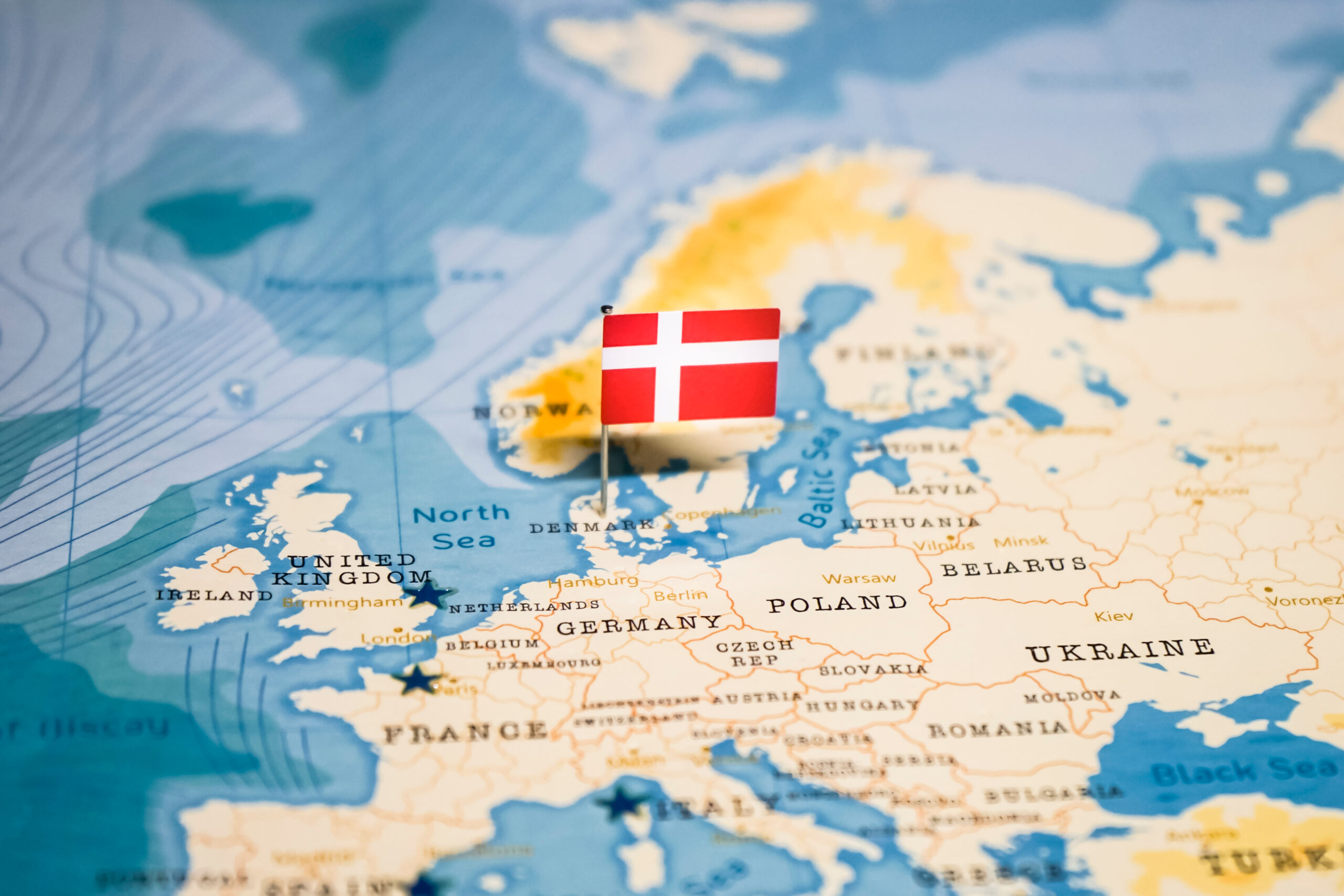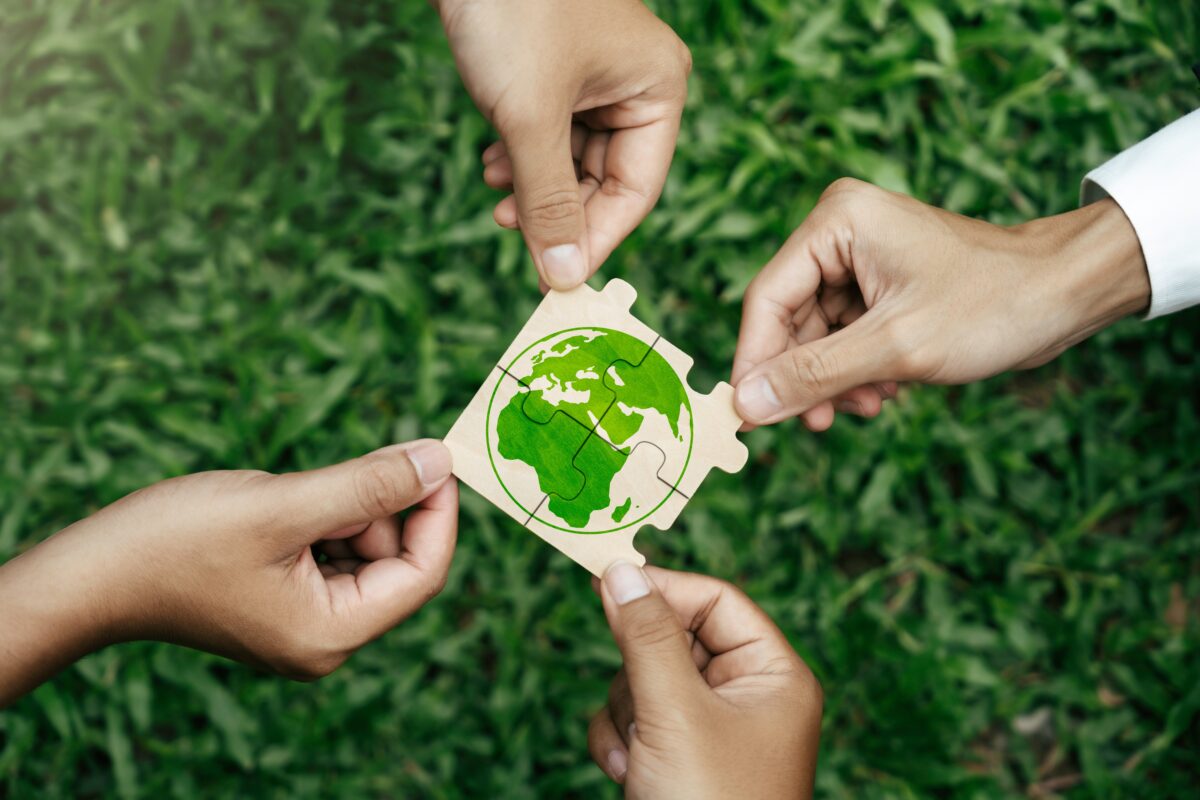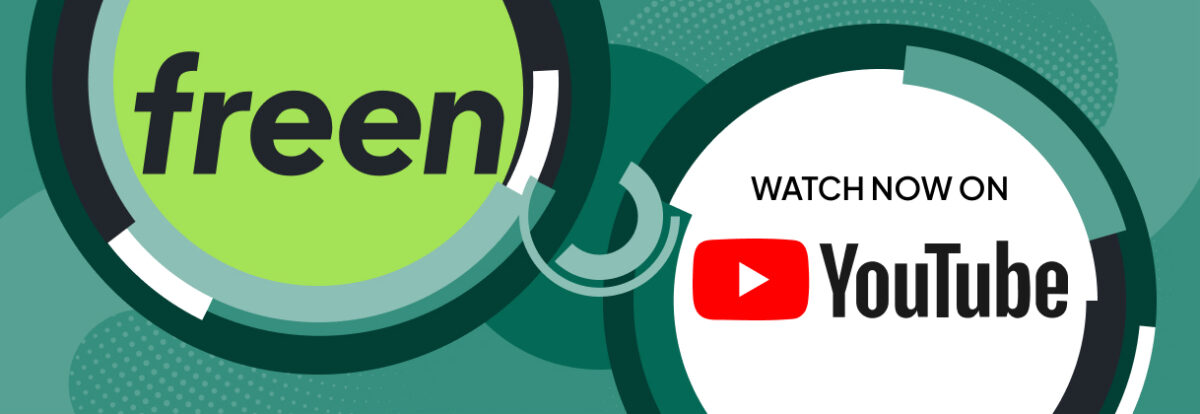Historically, Denmark wasn’t a huge fan of financial support from the government for the green energy sector, so it chose a more liberal market approach. Despite the lack of subsidies, the country has earned a global reputation for its leadership in green energy, especially in wind electricity.
Even without direct financial support, Denmark’s wind industry has flourished. However, in response to growing competitive pressures from other nations that are increasingly using subsidies to advance their green industries, Denmark also introduced a temporary state support scheme for the green sector, called „Den grønne investeringsordning”. It signals a shift in the country’s policy. In 2024, the Danish government has committed 1 billion DKK to bolster the development of the green industry through government support. What does it mean for wind turbine energy?
Wind energy in Denmark
A key component in Denmark’s transition from fossil fuels is its advanced wind power production. It is crucial for shaping the country’s energy transition. Denmark decided to use its climate’s constant wind to good use a long time ago. It was one of the first countries to develop wind technology and now Denmark produces almost twice as much energy per resident as any other country in the Organisation for Economic Co-operation and Development (OECD). Today, even 50% of electricity is produced by wind and solar plants. But that’s only the beginning of the country’s plan.
In 2019, Denmark passed a national Climate Act, setting a legally binding goal to cut greenhouse gas emissions by 70% by 2030 (relative to 1990 levels) and achieve climate neutrality by 2050. To meet this goal, the country will have to develop additional wind energy capacity, both on natural sites and purpose-built offshore wind farms. A part of that plan is small wind turbines or residential wind turbines.
Types of Financial Support
Managed by the Danish Export and Investment Fund (EIFO), the government assistance provides businesses and households with direct wind turbine grants, favorable loans, and guarantees.
Wind Turbine Grants
The Business Pool
The Business Pool is a Danish subsidy fund of 3.5 billion DKK, available to businesses until 2029. It offers financial help to both small and large private companies across most industries for projects concentrated on reducing energy consumption, such as small wind turbines. The grant covers up to 50% of the costs of the investment.
Energy Savings Trust (Energisparetilskud)
The Danish Energy Savings Trust offers financial aid for energy-saving initiatives, which includes the installation of small wind turbines. Homeowners or businesses planning to generate renewable energy can apply for a subsidy that helps offset the upfront investment. The size of the grant depends on the expected energy savings and the specific project’s characteristics.
Interested in wind energy but unsure how to get started? Our small wind turbines are ideal for various commercial applications. Let us help you with a free site feasibility survey to assess your potential and guide you through the process.
EU and National Sustainability Funds
There are several EU funds available for renewable energy projects in Denmark, such as Horizon Europe, which offers grants for green innovations, including small wind turbines. National sustainability funds in Denmark may also provide subsidies for individuals and companies investing in small-scale wind energy projects. These grants are typically geared towards fostering local, sustainable energy production and reducing reliance on fossil fuels.

Investment Options for Small Wind Turbines
Investment in small wind turbines can be a smart financial decision, not only for environmental reasons but also because of the potential for long-term energy cost savings. In Denmark, there are several pathways for investors to become involved in small-scale wind projects.
Private and Cooperative Investment
Denmark has a long tradition of cooperative ownership of wind turbines. Small-scale wind projects can often be financed through local investment groups or energy cooperatives, where community members pool resources to install and maintain wind turbines. Profits from electricity generation can then be shared among investors, creating a model that benefits both the environment and the community.
Net Metering and Energy Compensation
In Denmark, small wind turbine owners can benefit from a net metering system that allows them to sell excess electricity back to the grid. This is an additional financial incentive that makes small wind turbine investments more attractive. If the turbine produces more energy than is consumed, the surplus is fed into the national grid, and the owner receives compensation in the form of reduced electricity bills or even financial payments from the utility company.
Financing and Loans
Danish citizens who want to invest in a small wind turbine can count on the help of financial institutions offering „green loans” – loans targeting renewable energy investments that have favorable terms. They usually come with lower interest and more relaxed repayment periods.
Danish Export and Investment Fund (EIFO)
The organization offers various financial products, like low-interest loans for renewable energy projects. They include residential wind turbines for households and smaller companies.
Green Home Loans
Many Danish banks now offer “green home loans” specifically for financing energy-efficient home improvements, such as installing a small wind turbine. These loans are structured to support the green transition, offering competitive interest rates and favorable terms. Several banks partner with energy providers to offer bundled solutions that include both financial and technical support for installing wind turbines at residential properties.
Regional Development Loans
Some regional governments in Denmark offer low-interest loans to farmers, small businesses, or communities that install renewable energy sources, including wind turbines. These loans are designed to stimulate rural development and local renewable energy production.
Are you interested in benefiting from the subsidy and exploring whether a small wind turbine could be the right solution for you? Get in touch with us to assess the wind potential in your location.
Long-Term Savings and Efficiency
Is wind energy efficient? One of the main reasons homeowners choose to invest in wind turbines for their property is the potential for substantial long-term savings on electricity costs. After installation, the turbine can generate a large portion, or even all, of your household’s electricity, reducing your dependence on energy from the national grid. Instead of purchasing electricity, you’ll be generating it yourself, which can lead to significant savings over time. Wind turbine return on investment may take a while, but many turbines often last more than 20 years, which still makes it a good deal. For that to happen, you must invest in high-quality small wind turbines, like those produced by Freen.
The amount of electricity your turbine produces depends on the wind conditions in your location. Areas with stronger, more consistent winds will experience the greatest benefit, as the turbine will generate more power. In particularly windy locations, some homeowners might even produce more energy than they consume, increasing the potential for savings.
Wind investment can be a smart long-term choice, but it’s important to assess whether it makes financial sense for your household or business. Since factors like electricity prices and interest rates can vary in Denmark, it’s crucial to conduct a thorough economic analysis.
Are you not sure what is a wind turbine? Curious about wind energy but don’t know where to begin? We’re here to help with a free site feasibility survey to evaluate your potential and walk you through the steps. Reach out to us for more information.

Why is Denmark a Leader in Wind Energy?
A big part of the reason lies in the Danish people’s openness to change. From the early days when the residents started to put up small wind turbines, to today’s massive offshore wind farms, the public has embraced the idea. Denmark’s geography certainly helps, with over 7,000 kilometers of coastline providing ideal conditions for harnessing wind energy.
But it’s not just about geography. The Danish approach thrives on a culture of cooperation and trust. Instead of battling through endless legal disputes, citizens were brought into the process through participation schemes. These schemes gave people a stake in projects rather than a reason to resist them.
This balance of smart policy, public trust, and natural advantages is what makes Denmark’s wind power success story truly stand out.
The Future of Wind Energy in Denmark
Denmark wants to keep its place as a wind energy-leading country and plans to use man-made islands to achieve that. While the idea sounds like something straight from Dubai, Denmark’s plan is already getting the needed funds.
The Danish government plans for a massive energy island located about 80 kilometers west of the Danish coast. Right now the project is on hold due to the large amount of money needed to make it a reality. With an estimated price tag of 30 to 40 billion dollars, this project, along with a second energy hub on the island of Bornholm in the Baltic Sea, is expected to generate 6 GW of electricity once completed.
The energy islands, surrounded by wind turbines, will become central hubs for collecting electricity generated by offshore wind farms. The idea is to distribute this power between several countries, including Denmark, Belgium, and possibly others.
These islands—whether artificial or existing ones like those in the Baltic Sea—represent a new chapter in Denmark’s renewable energy journey. Stretching from Scandinavia to the UK and the Baltic States, these projects are not only technological marvels but also crucial pieces of the puzzle in Denmark’s push toward a green energy future.






